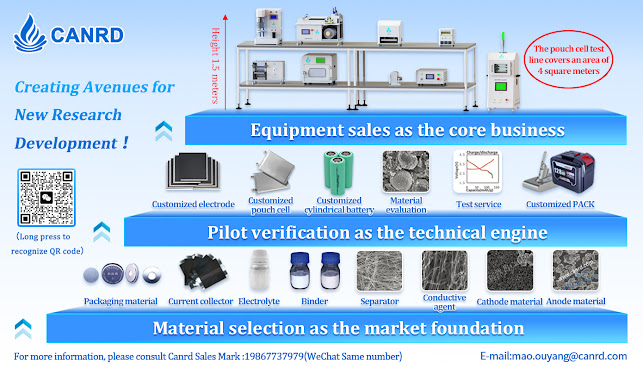The formation process is an indispensable step in the manufacturing of lithium-ion batteries, as it directly affects the battery’s performance, safety, and lifespan.
One of the key roles during the formation process is the formation of a stable solid electrolyte interphase (SEI) film on the surface of the anode.
The SEI film protects the anode material from further erosion by the electrolyte, preventing the dissolution of the anode material in the electrolyte and thus extending the battery’s lifespan.







